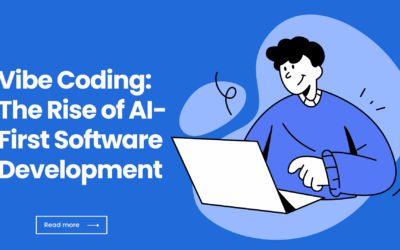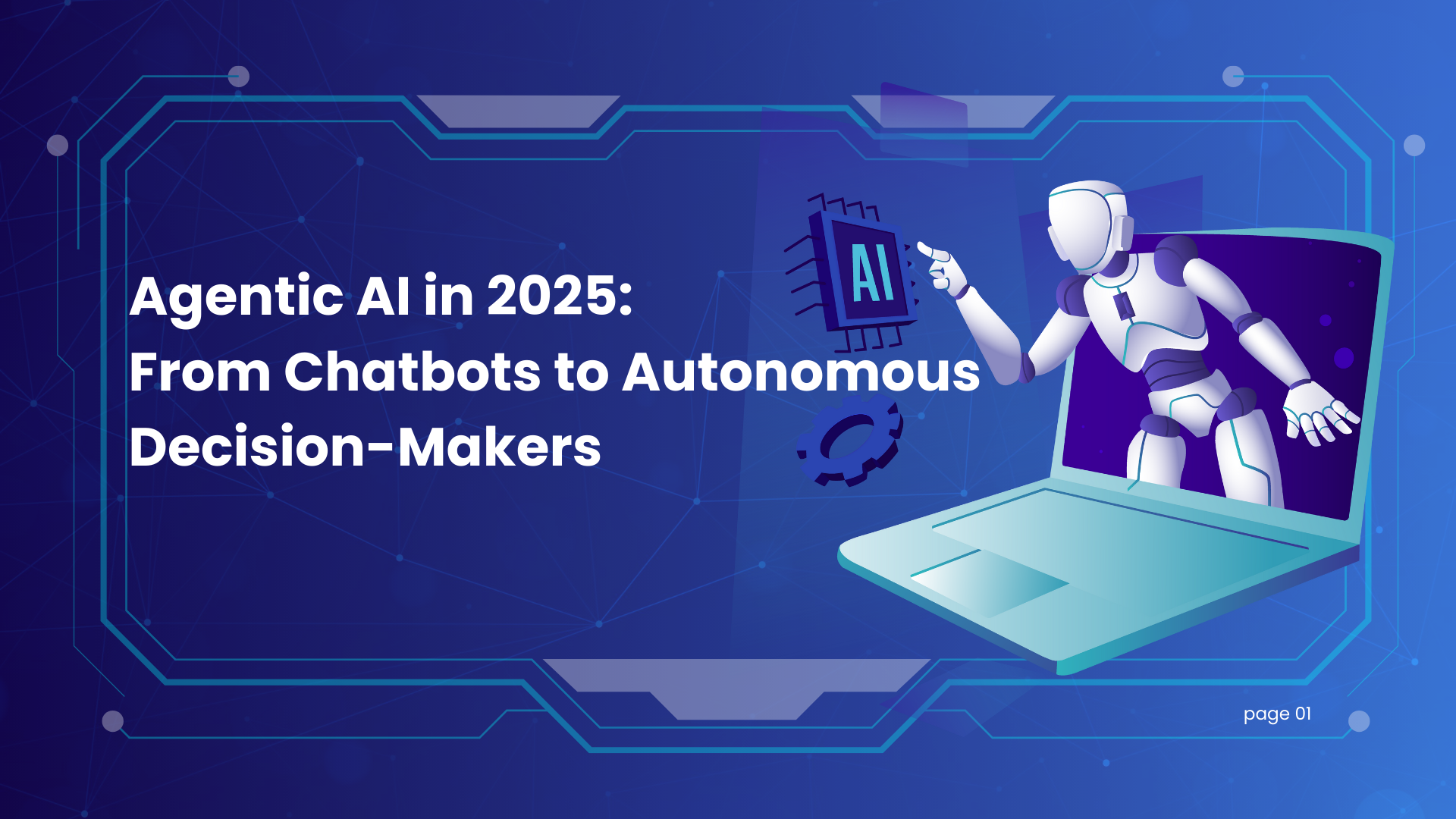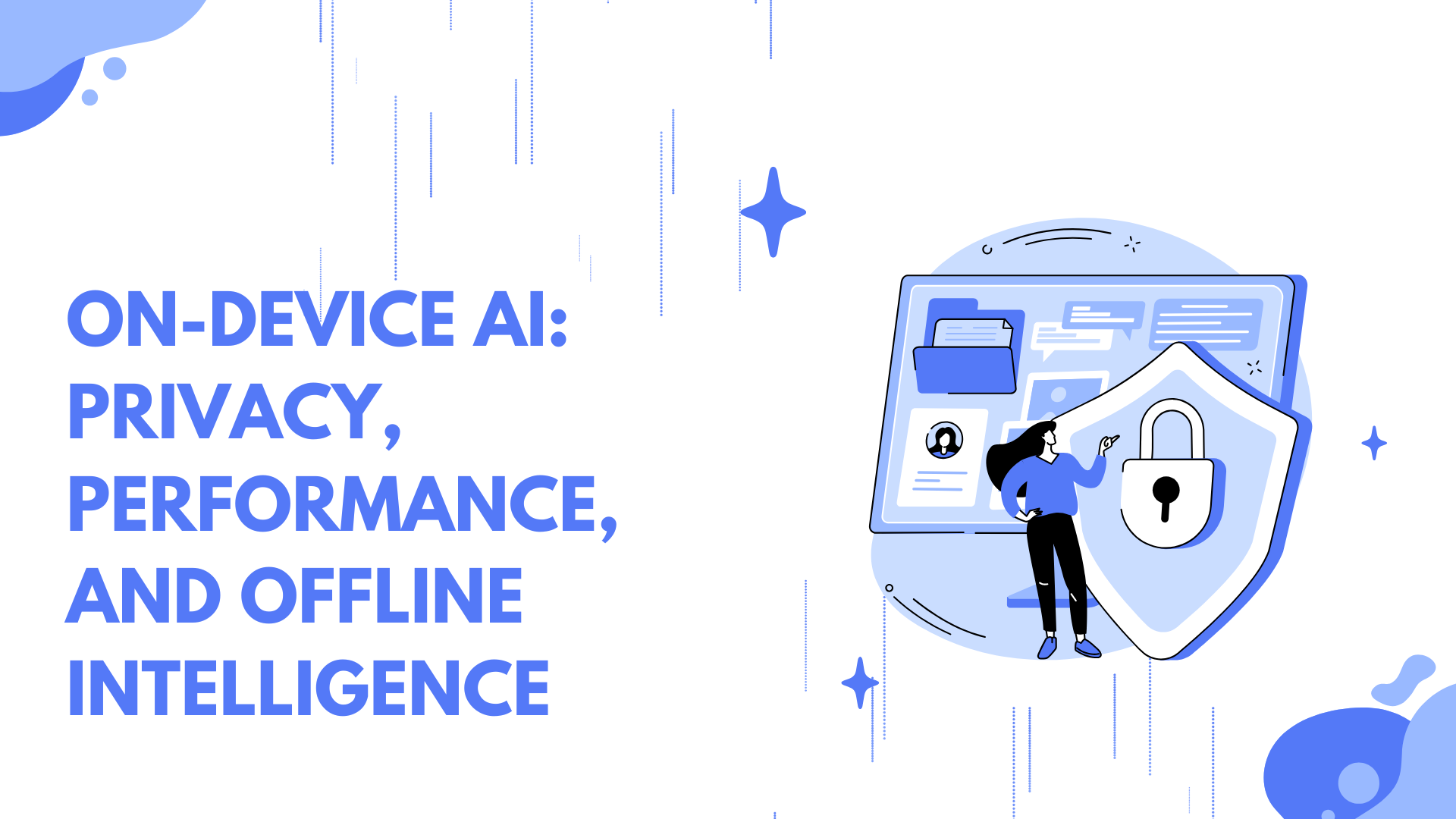In the early days of the internet, few imagined that computing could have such a profound impact on the environment. Data lived on personal computers, connections were slow, and the idea of “cloud computing” sounded abstract. Fast forward to 2025, and digital infrastructure powers nearly every aspect of modern life—our businesses, governments, schools, and homes. But the hidden cost of this convenience is becoming harder to ignore: energy-hungry data centers, e-waste from rapidly obsolete devices, and the carbon footprint of our digital lifestyles.
The good news? The tech world is waking up. Sustainability is no longer an afterthought—it’s a driving force shaping how computing evolves. From green data centers to recyclable hardware, from energy-efficient chips to AI-driven optimization, clean and sustainable computing is at the heart of 2025’s technological revolution.
This blog dives deep into how green tech is reshaping computing today, the trends to watch in 2025, and what it means for businesses, consumers, and the planet.
The Environmental Cost of Computing
To understand why sustainable computing matters, we first need to examine the scale of the problem.
1. Energy Consumption
- Global data centers now consume about 2–3% of the world’s electricity.
- With the explosion of AI, cloud services, and video streaming, demand is rising at a staggering pace. Training a single large AI model, for example, can use as much electricity as hundreds of U.S. households consume in a year.
2. Carbon Emissions
Digital technologies collectively contribute 4–5% of global greenhouse gas emissions, more than aviation. If left unchecked, this share could double by 2030.
3. E-Waste
Each year, over 50 million tons of electronic waste are generated worldwide. Only about 20% is formally recycled, while the rest ends up in landfills or is improperly handled, releasing toxins into the environment.
4. Water Usage
Cooling data centers consumes billions of gallons of water annually. In regions facing water scarcity, this creates new sustainability concerns.
The takeaway? Computing’s environmental footprint is massive—and growing. But 2025 is also the year when green tech is scaling up to meet the challenge.
What Makes Computing “Green”?
Sustainable or “green” computing refers to designing, manufacturing, using, and disposing of technology in ways that reduce environmental impact. Key principles include:
- Energy efficiency: Using less power to achieve the same or greater performance.
- Renewable energy: Powering data centers and devices with solar, wind, or other clean sources.
- Circular economy: Designing hardware for durability, repairability, and recycling.
- Smart optimization: Using AI and software to minimize waste, idle power, and unnecessary workloads.
- Responsible disposal: Preventing toxic e-waste from harming ecosystems.
Green Tech Trends in 2025
1. AI-Optimized Data Centers
Ironically, AI is part of the problem (due to its energy intensity) but also part of the solution. In 2025, leading companies are deploying AI to:
- Dynamically adjust cooling systems to cut energy use.
- Predict and balance workloads across servers to minimize waste.
- Optimize renewable energy usage based on weather patterns.
Google has reported that AI-driven cooling reduced their data center energy costs by up to 40%—and this is now becoming standard practice across the industry.
2. Carbon-Neutral and Net-Zero Data Centers
Hyperscale cloud providers like Amazon, Microsoft, and Google have committed to powering their data centers with 100% renewable energy by the end of the decade. In 2025, many facilities are already running entirely on solar and wind, with battery storage systems to ensure stability.
Emerging concepts like underwater data centers (cooled naturally by seawater) and micro data centers (placed close to users to reduce energy-hungry data transfers) are also gaining traction.
3. Energy-Efficient Chips and Hardware
The semiconductor industry is under pressure to deliver more computing power per watt. In 2025, innovations include:
- ARM-based processors dominating over traditional x86 chips for their efficiency.
- Neuromorphic computing and quantum accelerators promising breakthroughs in energy efficiency for AI workloads.
- Dynamic voltage and frequency scaling (DVFS): Chips that adjust power usage in real time based on demand.
Apple’s M-series chips and NVIDIA’s AI accelerators have set the bar, but startups are pushing even further with specialized low-power designs.
4. Green Cloud Computing
Businesses are increasingly choosing cloud providers based on sustainability metrics. Cloud platforms now advertise:
- The carbon footprint per workload.
- The share of renewable energy in their infrastructure.
- Built-in sustainability dashboards for enterprise clients.
For small businesses, moving to the green cloud isn’t just ethical—it can also be cost-effective, reducing IT expenses and energy bills.
5. Circular Hardware Economy
2025 is seeing a cultural and policy push toward a circular economy in tech:
- Right-to-repair laws are forcing manufacturers to design devices that last longer and can be easily repaired.
- Major companies are committing to recyclable or modular laptops and phones.
- E-waste take-back programs are expanding globally.
For example, Dell and HP now design laptops with modular parts that can be swapped instead of replacing entire machines. Apple has launched robots that disassemble old iPhones to reclaim rare earth elements.
6. Green Software Development
It’s not just about hardware. Developers are embracing sustainable coding practices:
- Writing more efficient algorithms.
- Avoiding unnecessary background processes.
- Optimizing apps for lower power consumption.
In fact, some organizations now measure “carbon-aware software” as a KPI, ensuring that digital services are both user-friendly and eco-friendly.
7. Water-Smart Computing
With rising concerns about data centers consuming scarce water for cooling, 2025 sees innovations like:
- Liquid cooling systems that use far less water.
- Closed-loop cooling, recycling the same water.
- Relocating facilities to regions with abundant water or renewable hydropower.
Case Studies: Green Tech in Action
Microsoft’s Underwater Data Center
Microsoft’s Project Natick tested underwater data centers cooled naturally by the ocean. While still experimental, it proved the concept of low-maintenance, eco-friendly computing infrastructure.
Amazon’s Solar-Powered Cloud Regions
Amazon Web Services has invested billions in solar and wind farms, ensuring that entire regions run on renewable energy. Customers can now choose regions with near-zero carbon emissions.
Google’s AI for Carbon Reduction
Google’s AI models not only optimize its own data centers but are being offered to other companies as sustainability solutions. This creates a ripple effect across industries.
Why Businesses Can’t Ignore Green Computing
Green tech is no longer just about corporate social responsibility—it’s about competitiveness and survival.
- Regulation: Governments are imposing stricter carbon reporting and energy efficiency standards. Non-compliance could mean fines or exclusion from contracts.
- Consumer Demand: Gen Z and millennial customers prefer sustainable brands. A company’s digital carbon footprint can influence buying decisions.
- Cost Savings: Energy-efficient infrastructure reduces operational expenses.
- Talent Attraction: Employees increasingly want to work for companies that align with their values, including sustainability.
For businesses, embracing green computing is both an ethical and strategic imperative.
The Role of Consumers
It’s easy to assume sustainability is just about big corporations, but individuals play a vital role too:
- Choosing devices from manufacturers with sustainability commitments.
- Using devices longer instead of upgrading every year.
- Recycling e-waste properly.
- Opting for green cloud services or apps.
- Practicing digital minimalism—reducing unnecessary data storage and streaming.
If billions of people make small choices, the impact compounds into massive environmental benefits.
The Road Ahead: What to Expect by 2030
By the end of this decade, sustainable computing could look like this:
- Most major data centers running entirely on renewable energy.
- Hardware designed to last 10+ years with modular upgrades.
- AI systems managing energy grids, balancing workloads, and reducing waste globally.
- Governments enforcing strict sustainability reporting for all digital infrastructure.
- Consumers demanding carbon transparency from every app and service they use.
In short, the future of computing will be green—or it won’t be at all.
Conclusion: A Greener Digital Future
In 2025, clean and sustainable computing is not a niche concern—it’s the foundation of how technology moves forward. As our dependence on digital systems grows, so does our responsibility to ensure they’re powered cleanly, built responsibly, and disposed of safely.
The transformation is already underway. From AI-optimized data centers to recyclable laptops, from carbon-neutral cloud services to green coding practices, the world of computing is being redesigned with the planet in mind.
The stakes are high: the choices we make in the next few years will shape not only the future of technology but the future of our planet. And if 2025 is any indication, the momentum for sustainable computing is stronger than ever.
Because in the end, green tech isn’t just good for the Earth—it’s good for business, innovation, and the generations to come.









